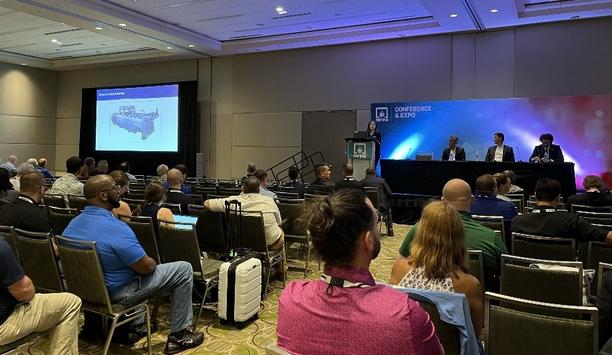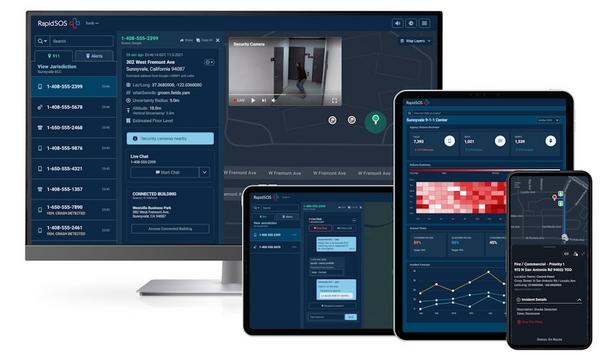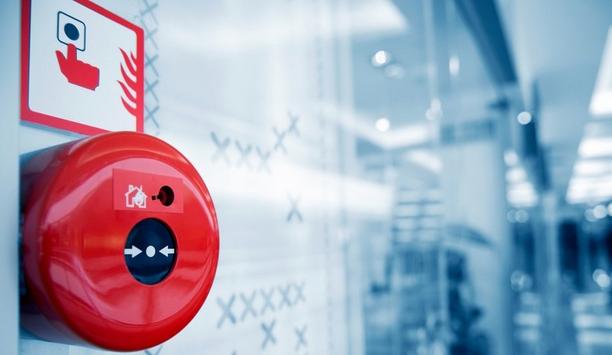Crowd management can be critical in a fire emergency – or in almost any other emergency situation. The Fire Protection Research Foundation (FPRF) has undertaken a project to develop a computerized tool to provide data and situational awareness about crowds based on computer vision analysis of video.
Crowds have become an unusual occurrence during the COVID-19 pandemic, but sooner or later, life will be returning to normal. When it does, the safety consequences of poor crowd management will again become top-of-mind for many in the emergency response fields.
Preventing trampling incidents With AI
Crowds can change rapidly during an emergency, and emergency responders must act quickly to respond to changes in crowd density, movement and other behaviors. Crowd dynamics can have tragic consequences in cases such as trampling or crushing incidentsThe FPRF project has developed a proof-of-concept framework for “data-informed crowd management and support.” The low-cost, open-source framework highlights collection, analysis, visualization and reporting of crowd movement to inform and direct crowd and evacuation strategies in near-real-time.
Crowd dynamics can have tragic consequences in cases such as trampling or crushing incidents, violence, or if there are insufficient exits. In the worst cases, injuries and deaths can occur. A real-time crowd management tool can help to neutralize these potentially dangerous situations.
Deep-learning computer vision and video image recognition (using artificial intelligence [AI]) are the technologies that enable the project. The tools can be applied to live video, to manage an event in real-time; or to recorded video to evaluate crowd activity as part of the event-planning process. The deep-learning capability is called congested scene recognition, or CSR, which both counts the number of individuals in a crowd and identifies their spatial distribution.
Algorithms evaluate crowd movement
Modern technologies and algorithms evaluate crowd movement over time in high-risk spaces. Users may upload a still image, and the tool will evaluate the crowd count in a given area. For a video feed, the system can capture individual frames at a user-defined interval (1 to 30 seconds) or manually. Crowd counts are then graphed and displayed to identify crowd density trendsThe model then evaluates the frame, predicts the count and provides a crowd density heat map within about 5 seconds. Crowd counts are then graphed and displayed to identify crowd density trends. Early trials have been promising, according to the researchers.
The research project is led by the FPRF and the National Fire Protection Association (NFPA) with funding through a U.S. National Institute of Standards and Technology (NIST) Fire Grant.
So far, the proof-of-concept tool has been created, and testing this fall will evaluate how well it works on an array of venues, how well it estimates crowd counts, and the feasibility of full-scale implementation. A final report will include the programming code associated with the tool and guidance on how it can be implemented. Use of open-source platforms and general-purpose programming languages ensures the source code for the crowd management tool is freely available, and thus inexpensive.
Anticipating behavior is crucial
Researchers on the project note that crowds are not the problem, but rather the problem is incomplete understanding of the anticipated behavior of crowds and the inability to respond quickly. There are many variables, including the venue itselfThere are many variables, including the venue itself, and internal and external factors such as the purpose, organization and emotional nature of the crowd.
The NFPA 101, Life Safety Code, includes regulatory requirement for managing large crowds. According to the code, crowd managers are responsible for understanding crowd dynamics, management techniques, and the venue’s emergency response plan, among other factors, according to NFPA. To prepare for large events, crowd managers must evaluate specific actions necessary for various situations, anticipated occupancy levels, the adequacy of ingress and egress, and expected human behavior.






































